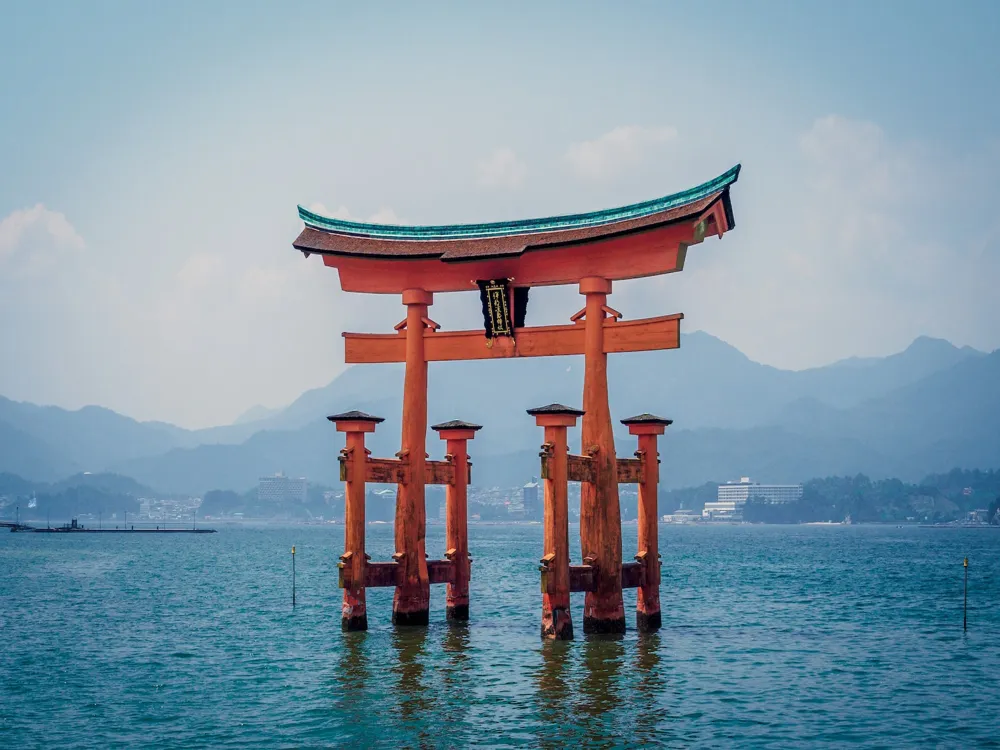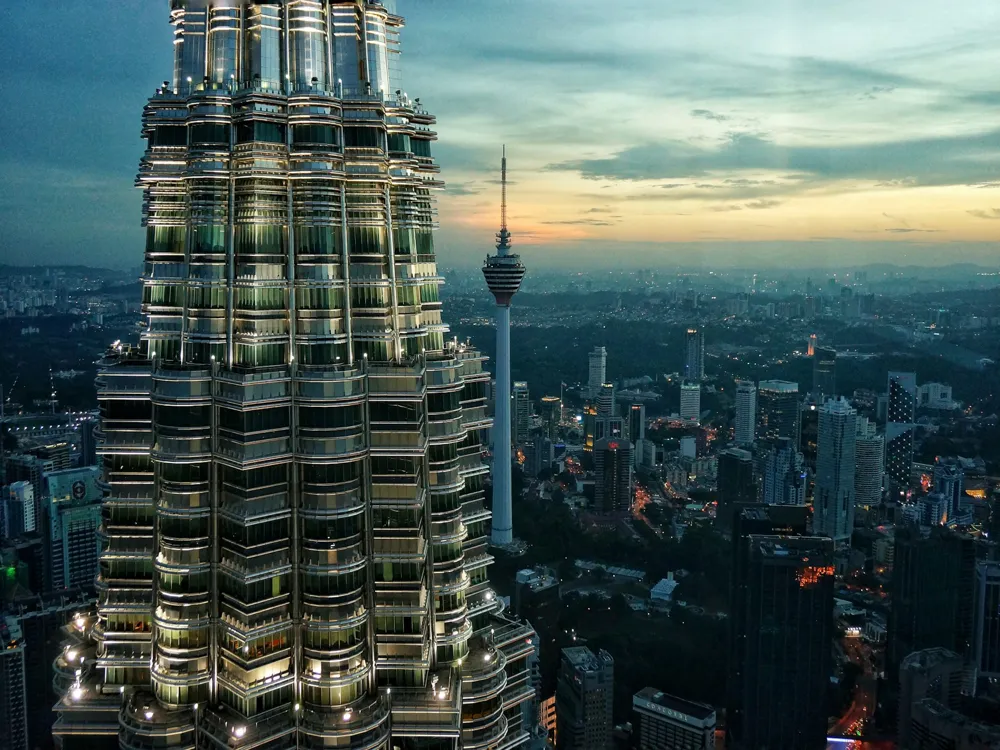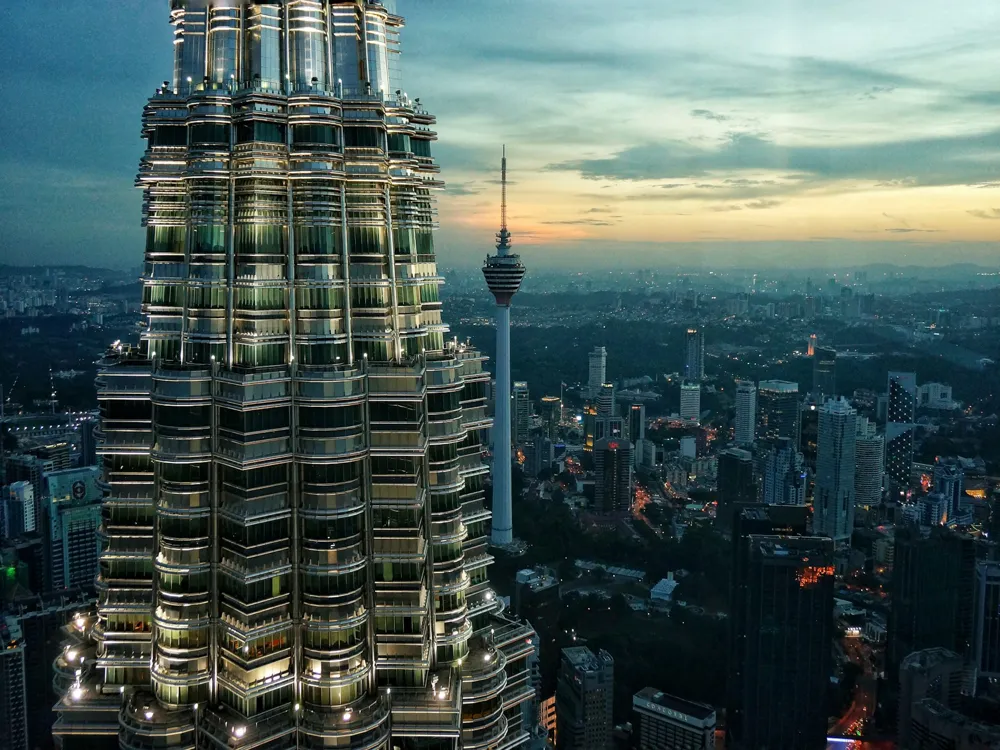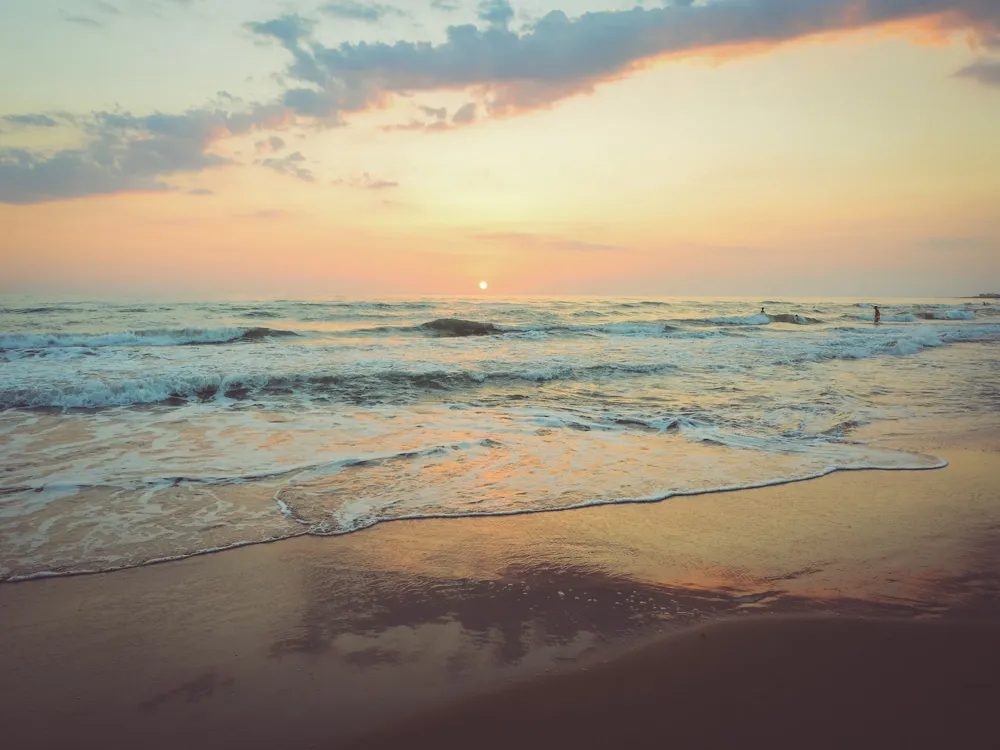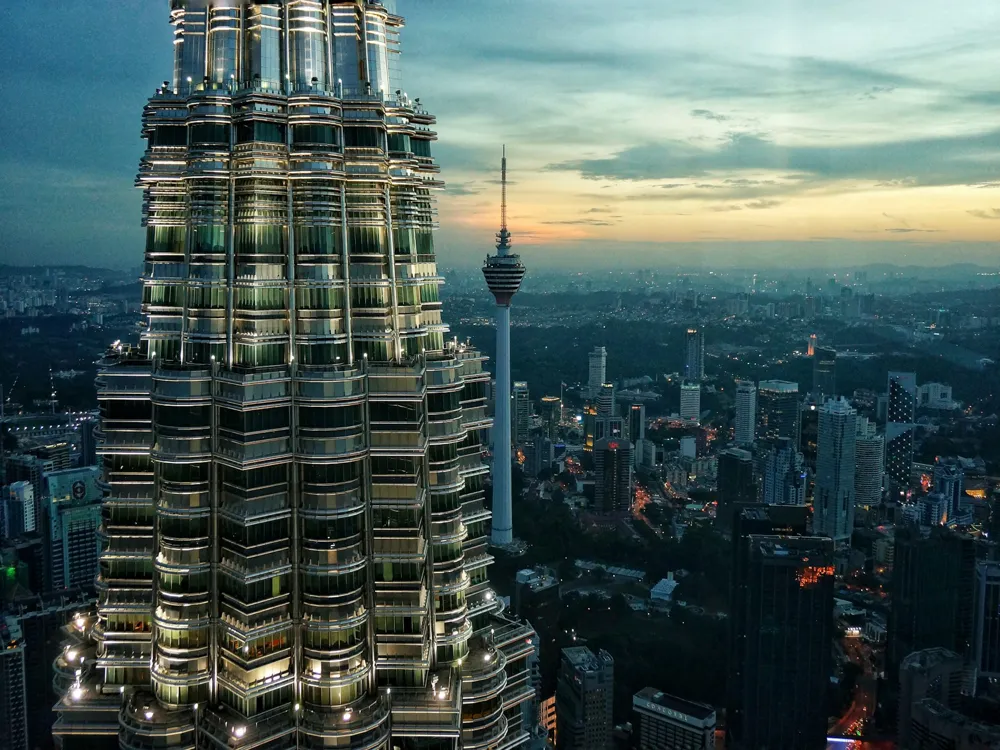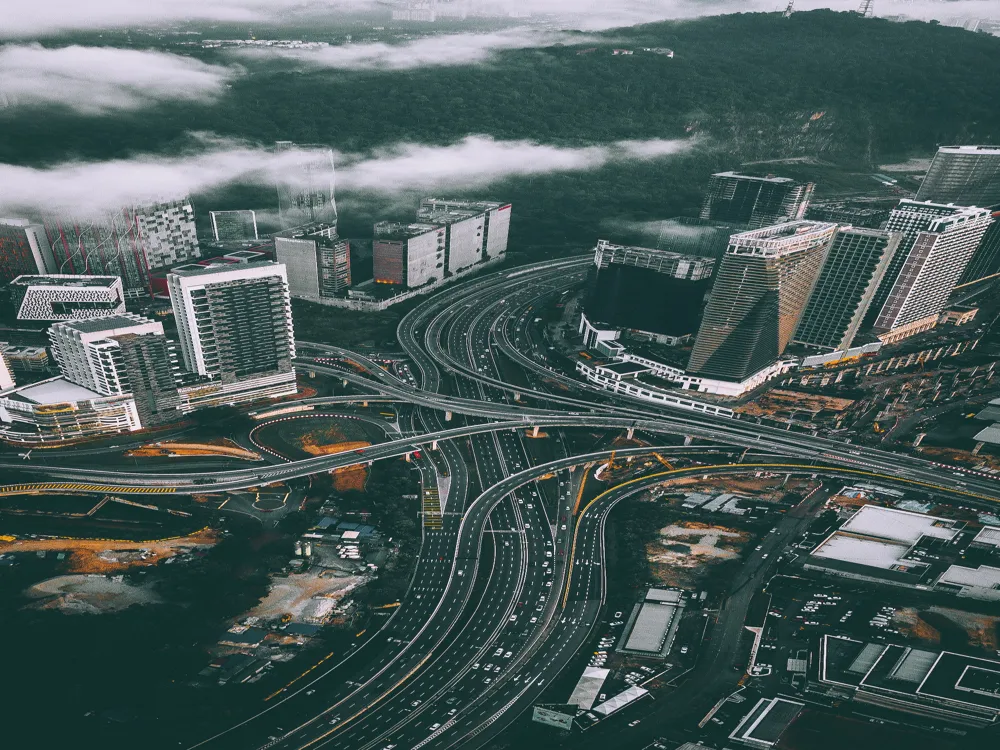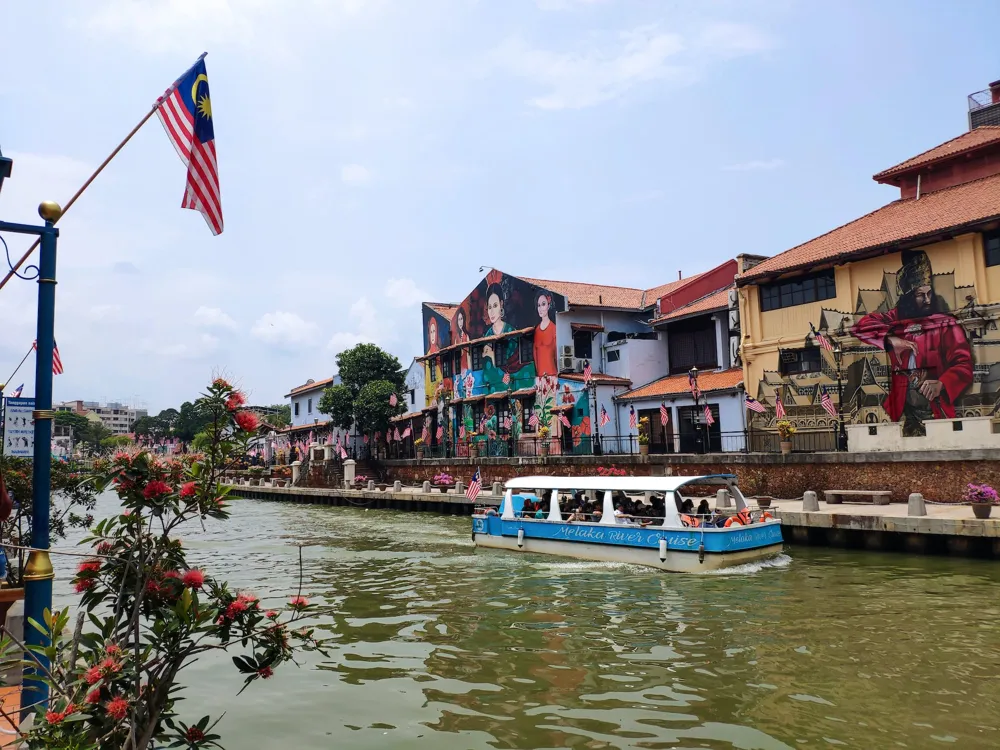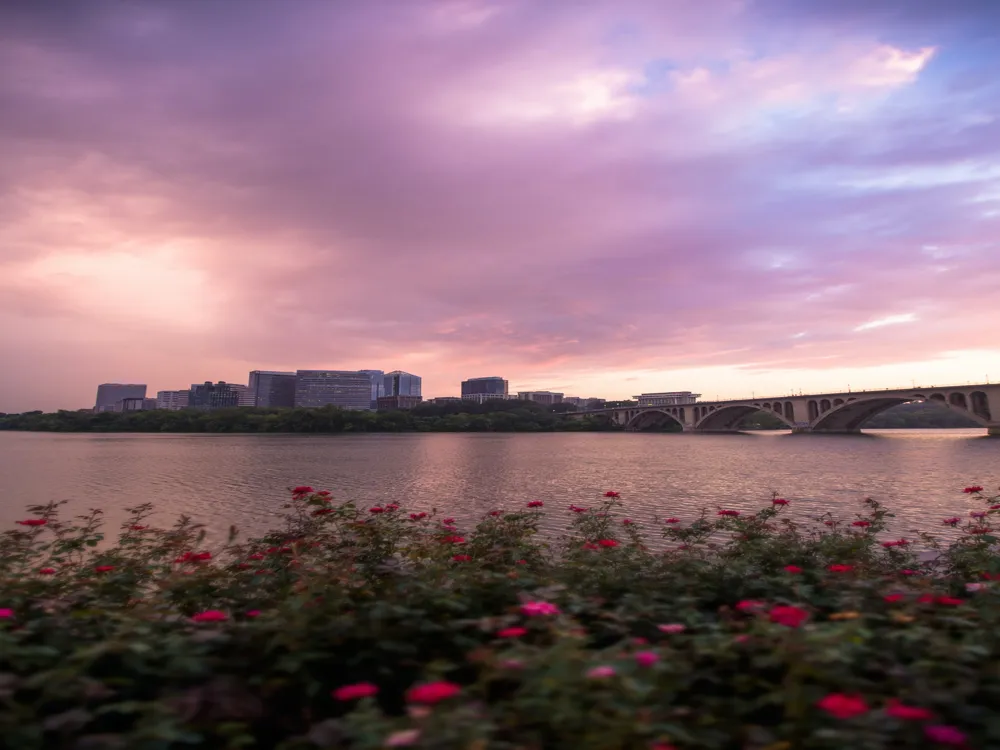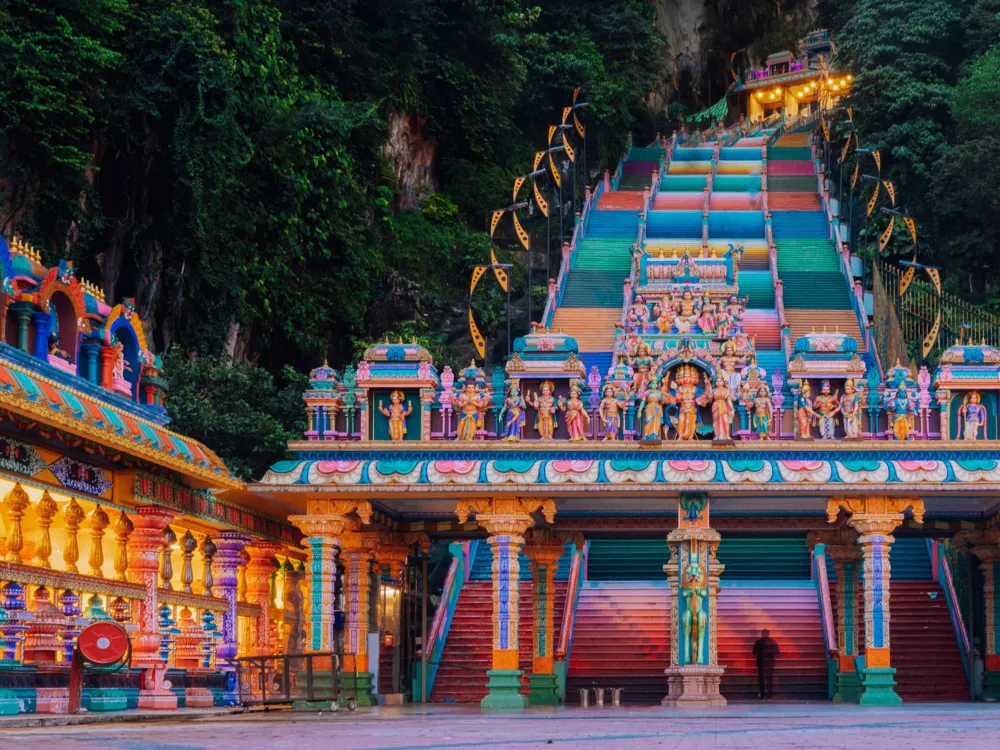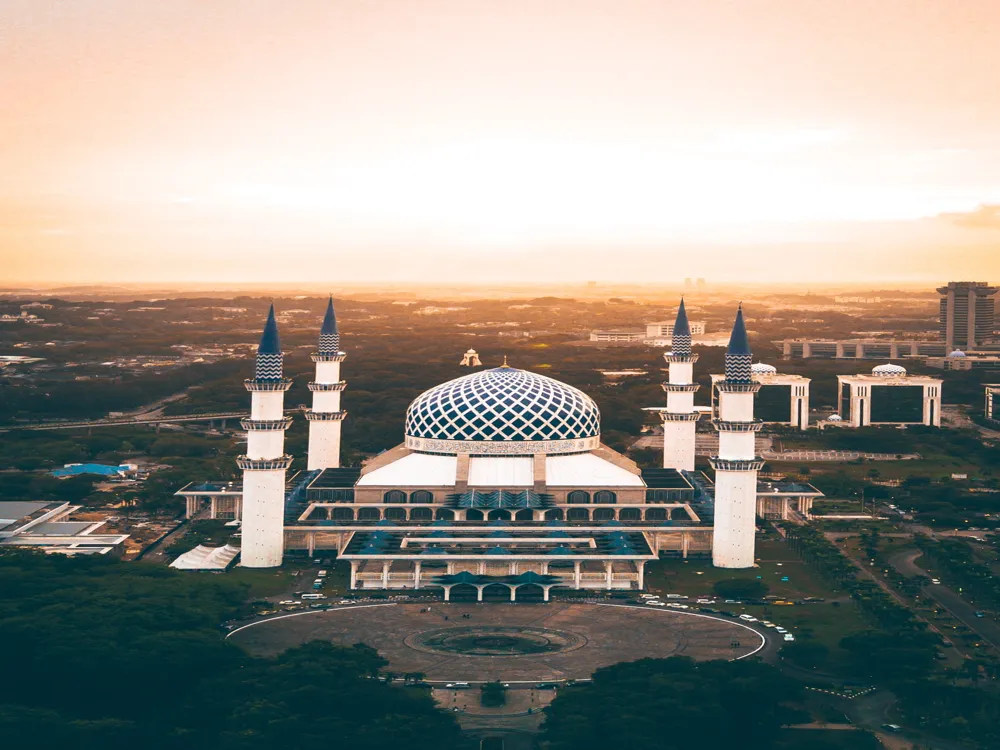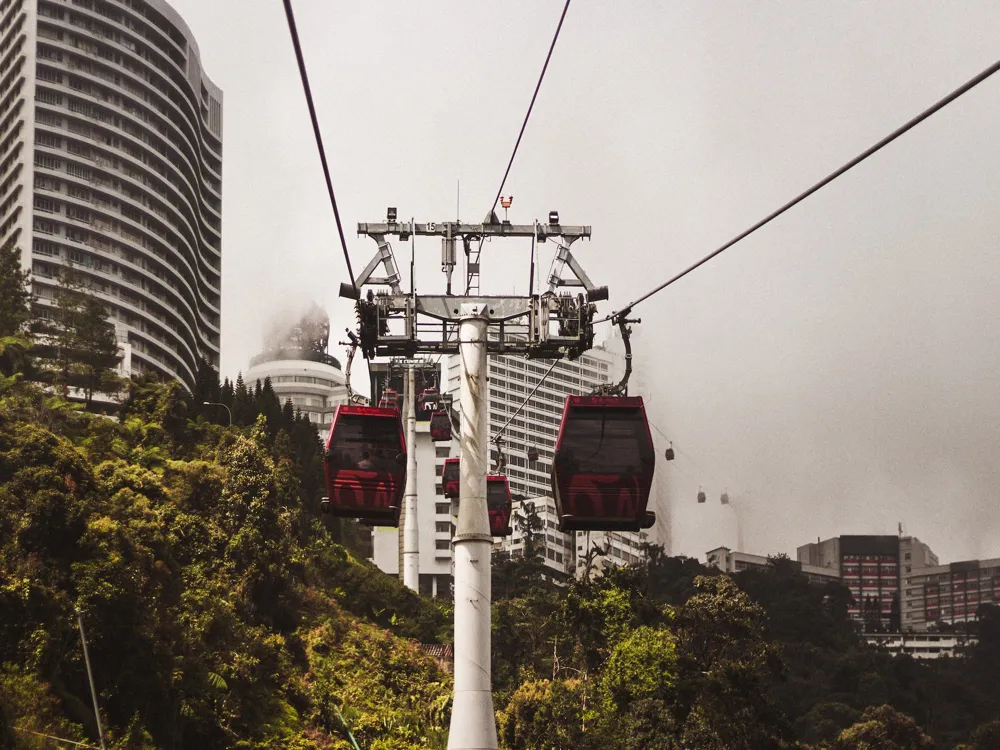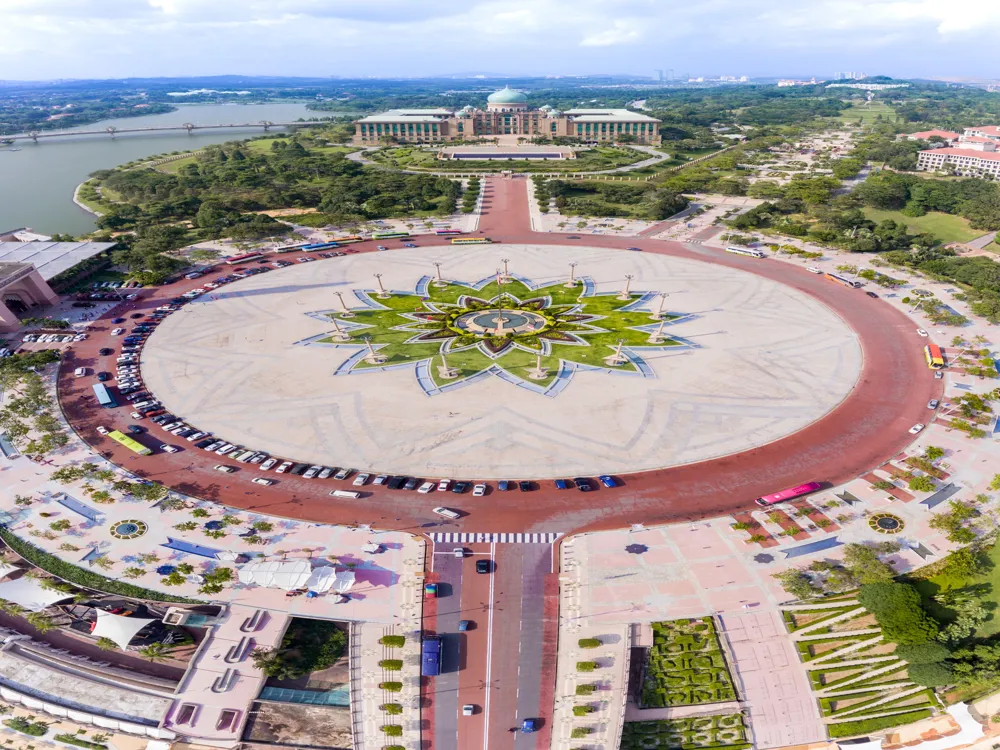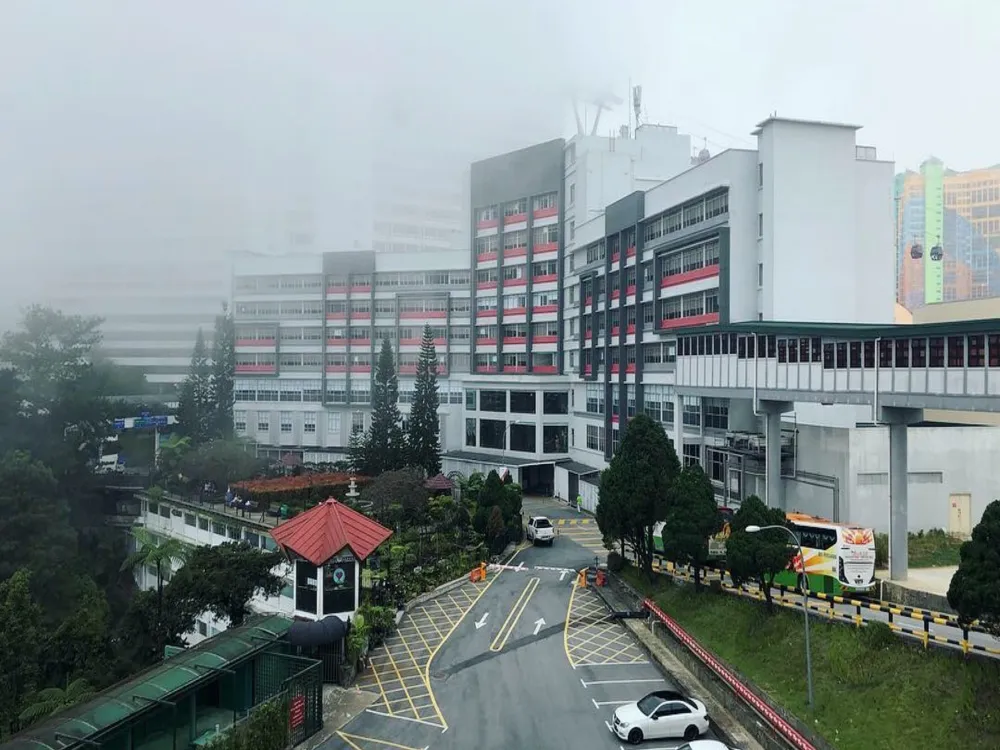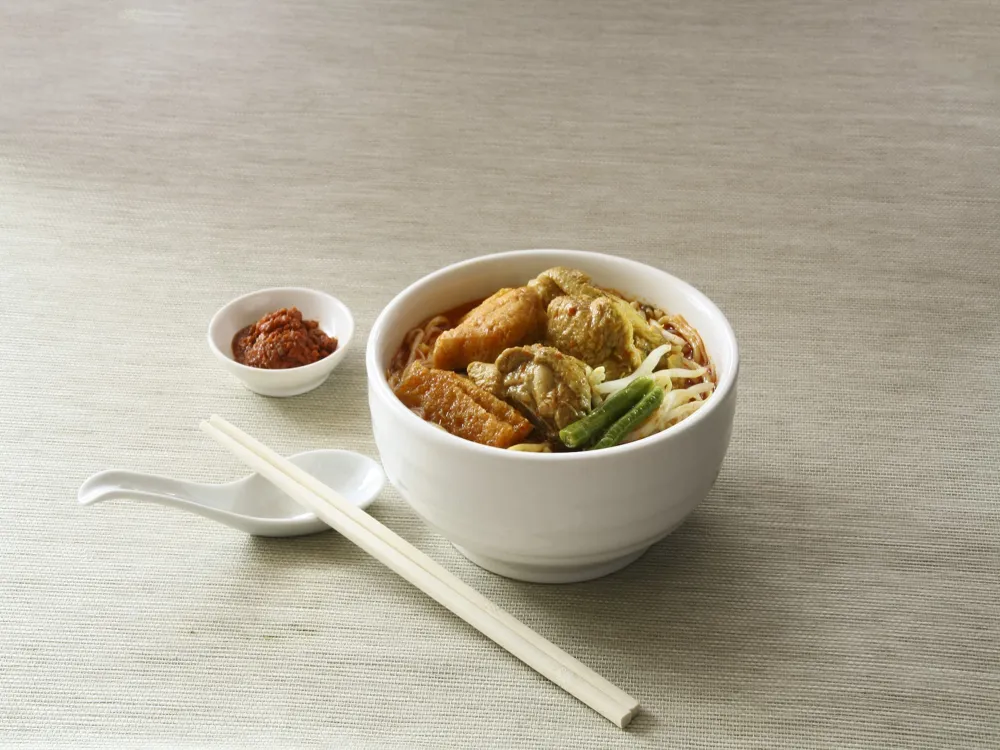The Buddhist Maha Vihara in Kuala Lumpur is a beacon of serenity and spiritual significance in the heart of Malaysia’s bustling capital city. Established in 1894 by the Sinhalese community, the temple has since become a pivotal center for the Theravada Buddhism practice in Malaysia. The Vihara, not just a place of worship, stands as a symbol of multicultural harmony and religious tolerance, reflecting the diverse fabric of Malaysian society. Visitors are greeted by an atmosphere of peace and tranquility, a stark contrast to the urban hustle and bustle just beyond its walls. The temple complex houses various structures, each with its unique purpose and story, including the main shrine room, the pagoda, the Bodhi tree, and educational facilities. This venerable temple is not only a place for religious devotion but also a center for cultural activities and community events, making it a vibrant part of Kuala Lumpur’s cultural landscape. The architecture of the Buddhist Maha Vihara is a harmonious blend of traditional Sri Lankan and contemporary styles, reflecting the temple's long-standing heritage and its adaptation to a modern Malaysian context. The temple's design is heavily influenced by the ancient Buddhist architectural styles of Sri Lanka, the birthplace of Theravada Buddhism. The main shrine room, a focal point of the complex, is adorned with intricate carvings and paintings that depict various scenes from the Buddha's life and teachings. These artistic elements are not just decorative but serve as a medium for imparting Buddhist teachings and philosophy. The Vihara's most striking feature is its stupa, a hemispherical structure symbolic of the Buddha's enlightened mind. The stupa, adorned with intricate carvings and gilded details, is a visual representation of the Buddhist path to enlightenment. The Bodhi tree, another significant element in the complex, is a direct descendant of the original tree in Bodh Gaya, India, under which the Buddha attained enlightenment. This sacred tree serves as a living link to the Buddha and a focal point for meditation and reflection. The temple also includes a series of halls and pavilions used for various religious and cultural activities. These structures blend traditional architectural elements with modern facilities, ensuring the temple meets the needs of its community while preserving its historical and cultural integrity. The harmonious integration of these various elements makes the Buddhist Maha Vihara not just a place of worship but a testament to the enduring legacy of Buddhist art and architecture. When visiting the Buddhist Maha Vihara, it's important to dress respectfully. This means wearing clothes that cover shoulders and knees. Avoid revealing or flashy outfits as a sign of respect for the temple's sanctity and the devotees who come to worship. The temple is a place of tranquility and meditation. Visitors are encouraged to maintain a quiet demeanor, especially in the shrine areas. This respectful silence allows everyone to engage in prayer, meditation, or quiet reflection without disturbance. Photography is usually permitted in most areas of the temple, but it is important to be mindful and respectful. Avoid taking pictures during worship or meditation sessions, and always ask for permission before photographing individuals or monks. Visitors are often welcome to observe or participate in the temple's rituals. However, it is important to follow the temple's customs and traditions. If unsure about how to participate, it's always best to observe quietly or ask a temple staff member for guidance. The Buddhist Maha Vihara offers a unique opportunity to learn about Buddhism and its practices. Visitors can take this chance to explore the teachings, visit the library, or even engage in conversations with the monks and devotees. The Buddhist Maha Vihara is easily accessible from various parts of Kuala Lumpur. For those using public transportation, the nearest train station is the Tun Sambanthan Station, serviced by the KL Monorail. From there, it’s a short walk or a taxi ride to the temple. Visitors can also use the city's extensive bus network, with several buses stopping near the temple premises. For those driving, the temple is well-connected by major roads and has parking facilities. In a city known for its traffic, planning your visit outside of peak hours is advisable for a smoother journey. Read More:Overview of Buddhist Maha Vihara, Kuala Lumpur
Architecture of Buddhist Maha Vihara
Tips When Visiting Buddhist Maha Vihara
Dress Appropriately
Observe Silence
Photography Etiquette
Participate in Rituals with Respect
Learn about Buddhism
How To Reach Buddhist Maha Vihara
Buddhist Maha Vihara
Kuala Lumpur
₹ 18,000 onwards
View kuala-lumpur Packages
Weather :
Tags : Buddhist Temple
Established in : 1894
Timings : 06:00 AM – 10:00 PM
Puja Timings : Monday to Sunday: Morning Buddha Puja: 6:30 PM -7:30 PM
Noon Buddha Puja: 11:30 AM – 12:00 noon
Evening Buddha Puja: 7:30 AM – 8:30 PM
Friday- Afternoon Puja: 1:00 PM – 2:00 PM
Saturday – Bojjhanga Puja: 7:30 PM – 8:30 PM
Sunday- Morning Puja: 8:30 AM - 9:30 AM
Time Required : 1-2 hours
Best Time to Visit : Evening
Parking Facility : Street Parking Available
Location/ Address : 123 Jalan Berhala Brickfields , 50470 Wilayah Persekutuan Kuala Lumpur
Planning a Trip? Ask Your Question
Kuala-lumpur Travel Packages
View All Packages For Kuala-lumpur
Top Hotel Collections for Kuala-lumpur

Private Pool

Luxury Hotels

5-Star Hotels

Pet Friendly
Top Hotels Near Kuala-lumpur
Other Top Ranking Places In Kuala-lumpur
View All Places To Visit In kuala-lumpur
View kuala-lumpur Packages
Weather :
Tags : Buddhist Temple
Established in : 1894
Timings : 06:00 AM – 10:00 PM
Puja Timings : Monday to Sunday: Morning Buddha Puja: 6:30 PM -7:30 PM
Noon Buddha Puja: 11:30 AM – 12:00 noon
Evening Buddha Puja: 7:30 AM – 8:30 PM
Friday- Afternoon Puja: 1:00 PM – 2:00 PM
Saturday – Bojjhanga Puja: 7:30 PM – 8:30 PM
Sunday- Morning Puja: 8:30 AM - 9:30 AM
Time Required : 1-2 hours
Best Time to Visit : Evening
Parking Facility : Street Parking Available
Location/ Address : 123 Jalan Berhala Brickfields , 50470 Wilayah Persekutuan Kuala Lumpur
Planning a Trip? Ask Your Question
Kuala-lumpur Travel Packages
View All Packages For Kuala-lumpur
Top Hotel Collections for Kuala-lumpur

Private Pool

Luxury Hotels

5-Star Hotels

Pet Friendly







